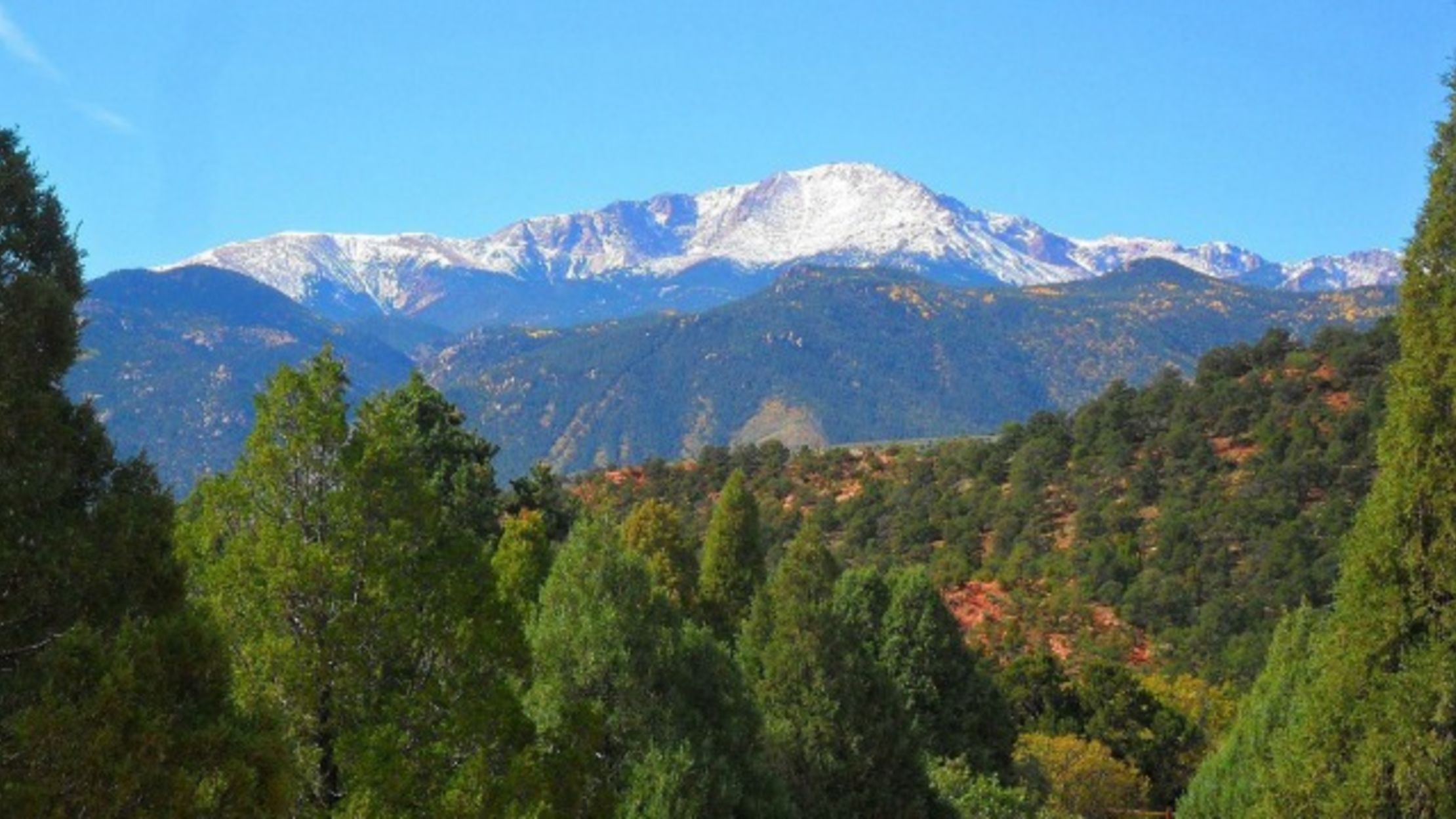
These institutions also offered opportunities for leadership and community service, and practical benefits such as life and disability insurance. Most of these organizations had secret rituals and special ceremonies that bonded members together and lifted them from the routine of daily life.
#MOUNTAIN AMERICA FREE#
In the late nineteenth and early twentieth centuries, many men and women were involved in one or more fraternal or mutual aid societies such as the Galilean Fisherman, Free Masons, Household of Ruth, Odd Fellows, Good Samaritans, the Daughters of Samaria, and Elks.

During Reconstruction, they established the Colored Man’s Aid Society in Leesburg to assist the neediest. SocietiesĪfrican Americans established a wide variety of formal organizations in Loudoun that give further testimony to a rich community life. Although their staff was paid less than their white counterparts, the black schools enjoyed many exacting and caring educators who were dedicated role models and taught children to do the best they could with what they had. The segregated system was not completely dismantled until 1968-69, fourteen years after Brown v. Only after a County Wide League enlisted civil rights attorney Charles Houston and threatened legal action did the school board build an accredited high school for black children-Douglass-which opened in Leesburg in 1941. Black parents in Loudoun lobbied consistently for better schools and transportation, usually to no avail. Those same people established Jim Crow laws that formalized segregation. In the early twentieth century, white reformers effectively agitated for improved and consolidated white schools. Initially, black and white public schools in Virginia were comparable-almost all were modest and poorly equipped-but over time, disparities grew. African Americans lobbied hard but unsuccessfully for an integrated system. Virginia then decided to establish free public schools for all children. During Reconstruction, African Americans enthusiastically established several schools, with the help of the Bureau of Refugees, Freedmen, and Abandoned Lands (commonly known as the Freedmen’s Bureau) and northern philanthropy. Many of the black communities included schools, most of them one-room frame buildings. Ministers were important leaders and mentors. It usually sponsored choirs, quartets, youth groups, clubs, and community service. The church nurtured personal and spiritual growth as well as social life. Often two or three churches formed a “circuit” or “charge ” the minister and some congregation members would alternate Sundays. These churches were centers of community life, linked in a network that encompassed Loudoun and surrounding counties, and even the Nation. After emancipation, African Americans vigorously established their own institutions thirty-one in Loudoun prior to 1900. Laws banned them from meeting for worship on their own, though many gathered in secret for prayer and praise.

Churchīefore emancipation, some people of color were members of denominational churches, but white prejudice relegated them to the balconies and barred them from official leadership positions. Black Codes imposed during Reconstruction and Jim Crow laws enacted in the 1890s, which limited the opportunities and mobility of African Americans, reinforced black institutions by making them more necessary. The bonds of race and friendship were reinforced as people of color established formal institutions such as churches, schools, and mutual aid societies. After the Civil War and general emancipation in 1865, African Americans united their families and helped one another through the hardships and possibilities of change. Whether enslaved or not, extended kin and friends gave support. If the mother was in bondage, so, legally, were her children. Free people of color, even those who acquired their own property, often had a spouse in slavery. Some lived in different households, others were sold away. During slavery, family members often experienced the pain of separation. Family and Fellowshipīecause of the odds they faced, African Americans particularly valued kinship and friendship. For a century or more, these communities nurtured and sustained their members and helped them attain the better life they sought. The Loudoun County landscape reflects their industry and achievement in the homes, churches, schools, fraternal lodges, and settlements they built, many of which survive today. Together, they created, in the words of an African American folk saying, “a way out of no way.” They shared what they had and invested tremendous energy in family, home, work, education, worship, and fellowship.

They had few material possessions to start, but drew upon considerable spiritual, personal, and communal resources. In the post-emancipation years, African Americans celebrated their freedom and worked hard to better their lives.


 0 kommentar(er)
0 kommentar(er)
